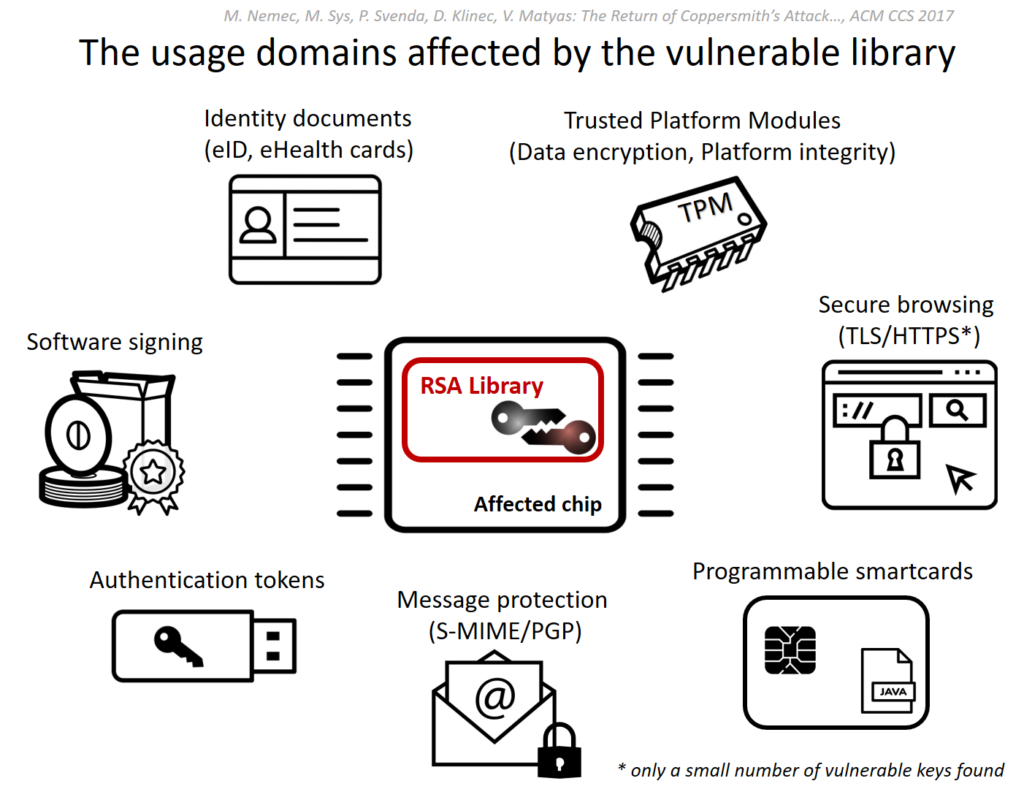- Generate Rsa Public Private Key With Certificates
- Generate Rsa Public Private Key With Certification
- Create Rsa Public Key
Generate Rsa Public Private Key With Certificates

- To install the public key, Log into the server, edit the authorizedkeys file with your favorite editor, and cut-and-paste the public key output by the above command to the authorizedkeys file. Save the file. Configure PuTTY to use your private key file (here keyfile.ppk). Then test if login works. See configuring public key authentication for.
- Openssl rsa -passin pass:SomePassword -in server.pass.key -out server.key You can delete the server.pass.key file because you no longer need it. Generate a certificate signing request using the server.key file.
- You can generate a public-private keypair with the genrsa context (the last number is the keylength in bits): openssl genrsa -out keypair.pem 2048 To extract the public part, use the rsa context: openssl rsa -in keypair.pem -pubout -out publickey.crt Finally, convert the original keypair to PKCS#8 format with the pkcs8 context.
- Quick steps: Create and use an SSH public-private key pair for Linux VMs in Azure.; 4 minutes to read +4; In this article. With a secure shell (SSH) key pair, you can create virtual machines (VMs) in Azure that use SSH keys for authentication, eliminating the need for passwords to sign in.
| # Generate Private Key and Certificate using RSA 256 encryption (4096-bit key) |
| openssl req -x509 -newkey rsa:4096 -keyout privatekey.pem -out certificate.pem -days 365 |
| # Alternatively, setting the '-newkey' parameter to 'rsa:2048' will generate a 2048-bit key. |
| # Generate PKCS#12 (P12) file for cert; combines both key and certificate together |
| openssl pkcs12 -export -inkey privatekey.pem -in certificate.pem -out cert.pfx |
| # Generate SHA256 Fingerprint for Certificate and export to a file |
| openssl x509 -noout -fingerprint -sha256 -inform pem -in certificate.pem >> fingerprint.txt |
| # Generate SHA1 Fingerprint for Certificate and export to a file |
| #openssl x509 -noout -fingerprint -sha1 -inform pem -in certificate.pem >> fingerprint.txt |
| # FYI, it's best practice to use SHA256 instead of SHA1 for better security, but this shows how to do it if you REALLY need to. |
commented Nov 7, 2019
Here's a couple useful links related to this: |
Generate RSA keys with SSH by using PuTTYgen
Common OpenSSL Commands with Keys and Certificates. Generate RSA private key with certificate in a single command openssl req -x509 -newkey rsa:4096 -sha256 -keyout example.key -out example.crt -subj '/CN=example.com' -days 3650 -passout pass:foobar Generate Certificate Signing Request (CSR) from private key with passphrase.
One effective way of securing SSH access to your cloud server is to usea public-private key pair. This means that a public key is placed onthe server and a private key is placed on your local workstation.Using a key pair makes it impossible for someone to log in by using justa password, as long as you set up SSH to deny password-basedauthentication.
Generate Rsa Public Private Key With Certification
This article provides steps for generating RSA keys by using PuTTYgen onWindows for secure SSH authentication with OpenSSH.
 Legal: This website was developed for the community of Super Mario Maker 2 and is in no way associated, authorized, endorsed or connected with with Nintendo. The software and trademarks regarding Super Mario Maker 2, Super Mario Bros, Super Mario Bros. 3, Super Mario World, New Super Mario Bros. U and Super Mario 3D Land are owned by Nintendo.
Legal: This website was developed for the community of Super Mario Maker 2 and is in no way associated, authorized, endorsed or connected with with Nintendo. The software and trademarks regarding Super Mario Maker 2, Super Mario Bros, Super Mario Bros. 3, Super Mario World, New Super Mario Bros. U and Super Mario 3D Land are owned by Nintendo.
Generate keys
In Windows, use PuTTYgen to generate your public and private keys.
- If needed, download PuTTYgen from the PuTTY download page.(PuTTYgen might have been installed previously with PuTTY or WinSCP.)
- Launch the program, and then click the Generate button.The program generates the keys for you.
- Enter a unique key passphrase in the Key passphrase andConfirm passphrase fields.For additional information about using passphrases,see Log in with a SSH Private Key on Windows.
- Save the public and private keys by clicking the Save public keyand Save private key buttons.
- From the Public key for pasting into OpenSSH authorized_keys filefield at the top of the window, copy all the text (starting with ssh-rsa)to your clipboard by pressing Ctrl-C.You need this key available on your clipboard to paste eitherinto the public key tool in the Control Panel or directly into theauthorized keys on your cloud server.
Use the key pair
You can use the RSA key pair in the following ways.
Specify your SSH key when creating a new cloud server
When you create a cloud server, you can assign a public key from the list of keys.If your key is not already in the list, you may add it, and then assign it.
Add a new public key to the list
- Under Advanced Options on the Create Server page, click Manage SSHKeys.
- Select public key for the cloud server from the SSH Keys listand click Add Public Key.
- Enter the key name, select the region, and paste the entire publickey into the Public Key field. Then click Add Public Key.
- Go back to the Create Server page, and confirm that your key is listedin the SSH Key list.
Assign a public key
- Under Advanced Options on the Create Server page, select the publickey you want to use from the SSH key drop-down menu.
- When you are done specifying the all the other details for the server,click Create Server.
Assign your SSH Key to an existing cloud server
To make use of your newly generated RSA key pair, you must tell PuTTY touse it when connecting to your cloud server.
To edit the file (or create it), run the following command on the cloud server:
Paste the text onto its own line in the file.
You must have the key available in your clipboard to paste it. The key and itsassociated text (the ssh-rsa identified at the start and the comment at the end)must be on one line in the file. If the text is word-wrapped onto multiple linesan error might occur when connecting.
If you created the authorized_keys file, change its permissionsafter you’re done editing it by running the following command:
Open PuTTY, and go to the SSH > Auth section.
Browse to the location of the key file, and load the private key.
Go to the Session page, and save the session. This saves the configurationso that PuTTY uses the key every time that you connect to your cloudserver.
After you save your session, your key is loaded automatically when youconnect to your server.
Related article
Experience what Rackspace has to offer.
©2020 Rackspace US, Inc.
Create Rsa Public Key
Except where otherwise noted, content on this site is licensed under a Creative Commons Attribution-NonCommercial-NoDerivs 3.0 Unported License